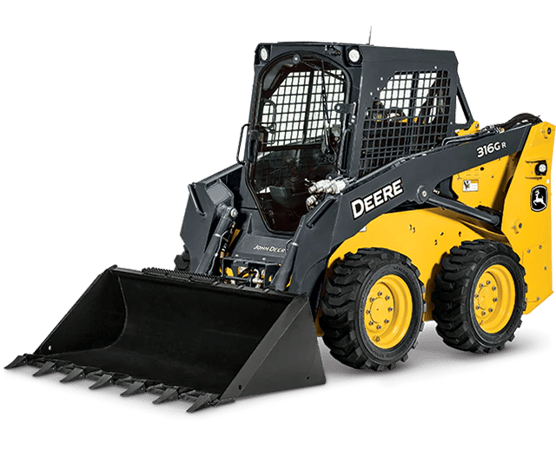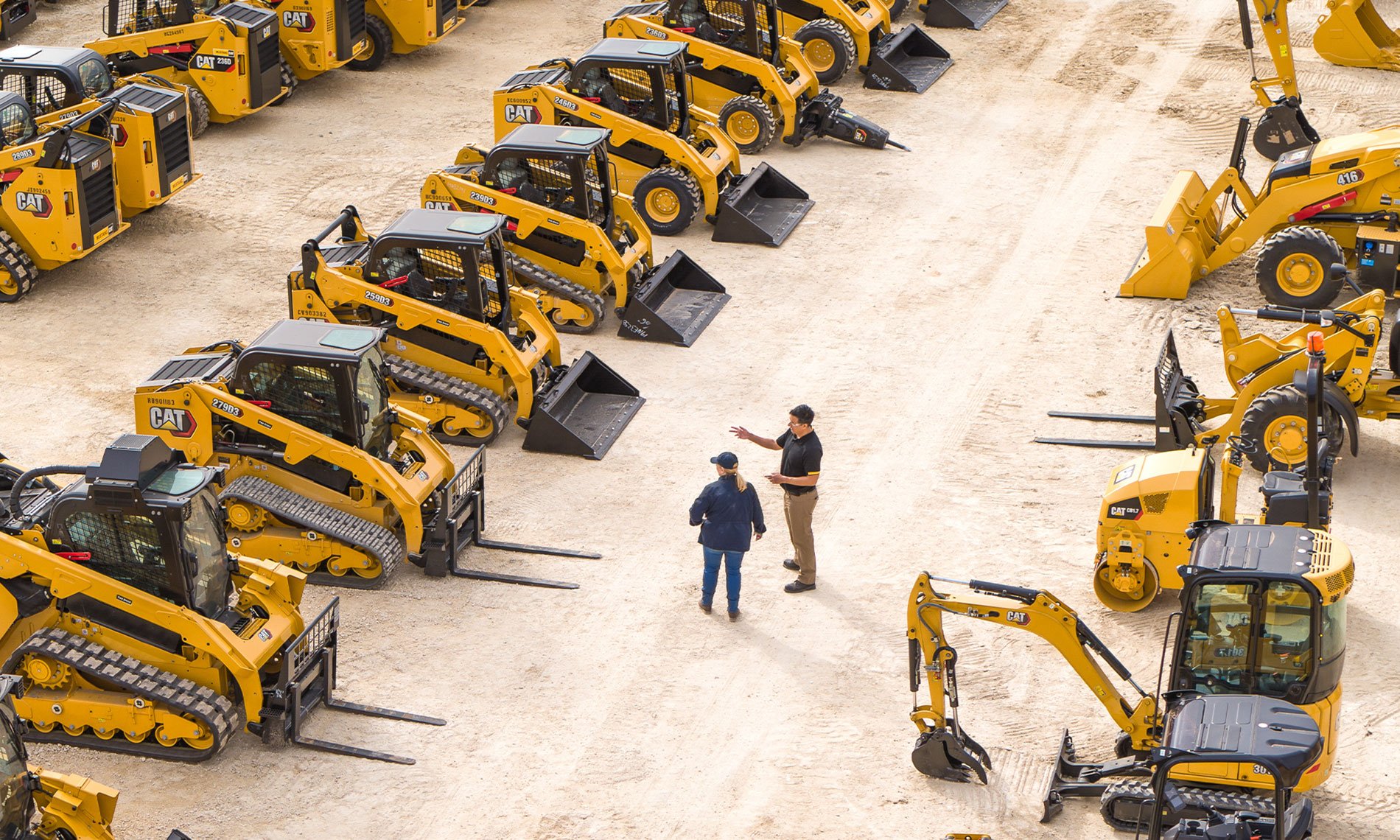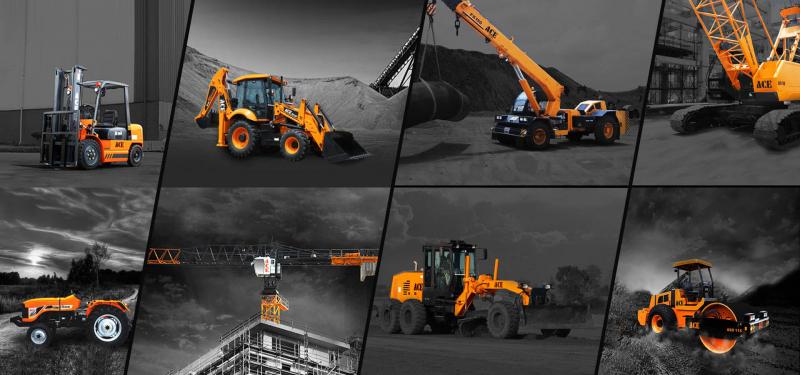Forklift Rental: Heavy Training Equipment for Warehousing and Extra
Forklift Rental: Heavy Training Equipment for Warehousing and Extra
Blog Article
Optimize Your Budget by Understanding the Costs Linked With Building And Construction Devices Leasings
Recognizing the complete extent of prices connected with building and construction devices leasings is vital for maximizing your budget plan. While the first rental fee may appear simple, various additional expenses-- such as transportation, fuel surcharges, and maintenance-- can promptly accumulate, impacting your monetary planning. Being mindful of different charges and the ins and outs of rental arrangements can help stay clear of unanticipated financial worries. What approaches can be employed to properly manage these prices and guarantee an extra reliable rental experience?
Overview of Rental Expenses
When considering building equipment leasings, recognizing the associated costs is critical for effective budgeting and job preparation. Rental prices can differ substantially based upon several factors, including tools type, duration of rental, and area. The first rental fee commonly shows the devices's market need and its linked operational capabilities, influencing the overall expense.
Along with the base rental rate, supplementary costs might emerge, such as transportation costs, gas surcharges, and maintenance fees. It is necessary to represent these extra expenditures to precisely assess the overall price of leasing tools. The rental period can impact rates; longer services might certify for affordable rates, while temporary rentals could incur higher everyday fees.

Breakdown of Rental Prices
A comprehensive understanding of rental rates is essential for specialists and project supervisors intending to optimize their budget plans. Rental rates for building devices commonly include numerous components, consisting of base prices, time-based costs, and use costs.
Base prices are the core costs related to the leasing of the devices, frequently identified by the type and size of the equipment. These prices can differ significantly, affected by factors such as devices need, accessibility, and regional market trends. Time-based charges, which may be daily, weekly, or monthly, serve to accommodate various job timelines and rental durations.
In addition, rental prices may consist of usage costs, which apply when tools is used past a defined threshold, guaranteeing that the rental company can represent wear and tear. Seasonal need fluctuations can likewise affect rental rates, with peak building and construction periods typically regulating greater costs.
Additionally, comprehending the rental firm's policies relating to upkeep and insurance coverage can provide further understanding into the overall cost structure. By analyzing these parts, service providers can make informed choices, making certain the option of rental equipment straightens with both job demands and budget plan restraints.
Added Costs to Consider
Recognizing the complexities of additional costs is essential for specialists to handle their overall leasing costs effectively. Past the basic rental rates, various additional fees can substantially affect the complete expense of devices rental. These fees often include distribution and pickup fees, which can vary based on range and logistics associated with moving the devices to and from the job site.
Moreover, some rental firms might enforce fuel surcharges if the equipment is returned with much less fuel than heavy duty auger rental when leased. It is also important to know potential cleaning costs, specifically for specific devices that needs thorough upkeep after use.

Completely evaluating the rental contract and making clear these extra charges in advance can assist contractors prevent unexpected costs and make certain that budgets stay intact throughout the task lifecycle.
Upkeep and Repair Expenses
Routine repair and maintenance costs are typically neglected variables that can dramatically affect the general cost of construction devices leasings. When renting devices, it is important to think about not just the rental charges however additionally the potential expenses related to keeping the equipment in ideal operating problem.
Several rental business include basic maintenance as component of the rental arrangement; however, more unanticipated malfunctions or extensive fixings can lead see page to extra costs. It's necessary to assess the rental contract carefully to understand what maintenance services are covered and what responsibilities fall on the occupant.
Moreover, devices that is not properly maintained can bring about inadequacies on duty site, possibly increasing and triggering delays job prices. To alleviate these dangers, it is advisable to carry out normal assessments and keep open communication with the rental service provider concerning any type of issues that arise during use.
Insurance Coverage and Obligation Costs
Insurance coverage and obligation expenses are vital components that can dramatically impact the overall cost of construction devices rentals (forklift rental). These prices ensure that both the rental business and the client are secured from prospective monetary losses emerging from crashes, damages, or theft throughout the rental period

Furthermore, clients must know any type of deductibles or exclusions in the description insurance plan, as these can influence potential out-of-pocket expenditures. Understanding the terms and conditions of any insurance protection is important to avoid unexpected expenses. Eventually, budgeting for insurance and obligation expenditures can help guarantee a smoother rental experience and protect versus monetary dangers related to building tasks.
Conclusion
To conclude, a thorough understanding of the expenses related to construction tools services is important for reliable budget plan administration. By examining rental rates, added charges, maintenance expenditures, and insurance organizations, needs and people can reduce unforeseen expenditures. This strategic method not only enhances cost-effectiveness but additionally guarantees that projects proceed smoothly and efficiently. Ultimately, informed decision-making regarding devices services adds to the general success of building and construction endeavors.
Rental prices can differ substantially based on numerous variables, including devices kind, duration of rental, and place (dozer rental). The rental period can influence pricing; longer rentals might certify for affordable prices, while short-term rentals could sustain higher everyday fees
By performing thorough study and engaging with reliable rental business, professionals can effectively browse the intricacies of rental pricing, inevitably maximizing their monetary sources.
Beyond the conventional rental rates, numerous additional fees can dramatically impact the overall cost of equipment service. Rental business usually supply liability insurance coverage that covers injuries to 3rd parties or damages to home, while equipment damages insurance policy can cover the price of repairs or substitute if the rented equipment is damaged.
Report this page